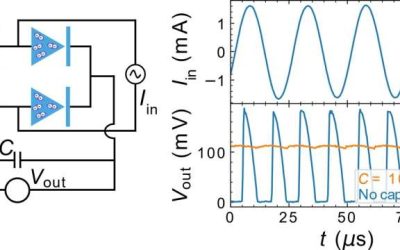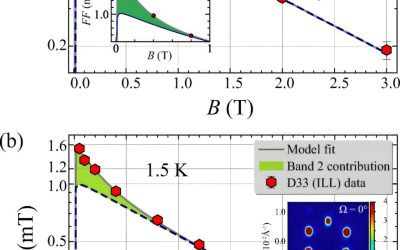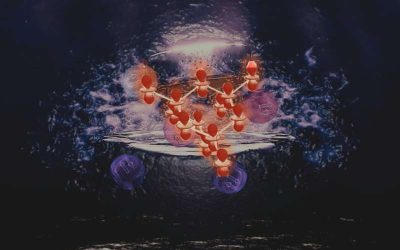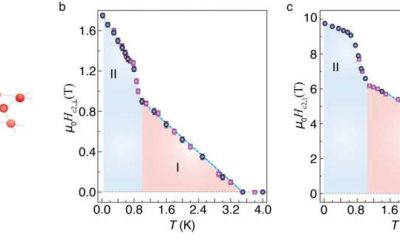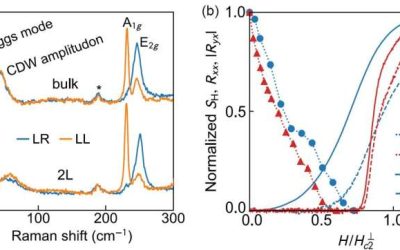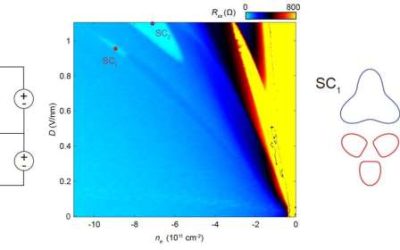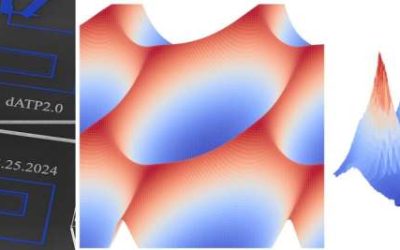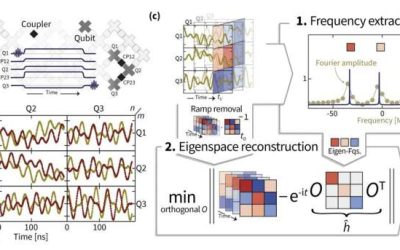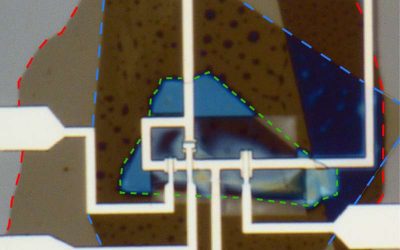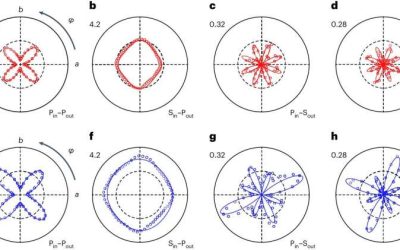Superconductivity is an advantageous property observed in some materials, which entails an electrical resistance of zero at extremely low temperatures. Superconductors, materials that exhibit this property, have proved to be highly promising for the development of...
Superperconductivity
Study unveils contributions to superconductivity in the vortex lattice structure of 2H-NbSe₂
Superconductivity is a quantum property of materials entailing an electrical resistance of zero at very low temperatures. In some materials, multiple electronic bands are known to contribute to the emergence of superconductivity, leading to multiple superconducting...
The first comprehensive characterization of unconventional superconductivity arising from multipolar moments
Superconductivity is a quantum phenomenon, observed in some materials, that entails the ability to conduct electricity with no resistance below a critical temperature. Over the past few years, physicists and material scientists have been trying to identify materials...
Physicists uncover two superconducting regimes in a Kagome lattice superconductor
Superconductivity, which entails an electrical resistance of zero at very low temperatures, is a highly desirable and thus widely studied quantum phenomenon. Typically, this state is known to arise following the formation of bound electron pairs known as Cooper pairs,...
Atomically thin NbSe₂ demonstrates resilient superconducting fluctuations
Superconductivity is an intriguing property observed in some materials, which entails the ability to conduct electric current combined with an electrical resistance of zero at low temperatures. Physicists have observed this property in various solid materials with...
Two distinct superconducting states found in Bernal bilayer graphene challenge current models
Superconductivity is a widely sought after material property, which entails an electrical resistance of zero below a specific critical temperature. So far, it has been observed in various materials, including recently in so-called multilayer graphene allotropes (i.e.,...
Resistance measurement approach successfully observes topological signatures in multiterminal Josephson junctions
Multiterminal Josephson junctions, nanoscale devices with unique electronic properties, comprise non-superconducting metallic material coupled to three or more superconducting leads. These devices have proved to be promising platforms for the exploration of...
Novel protocols for estimating Hamiltonian parameters of a superconducting quantum processor could improve precision
Researchers at Freie Universität Berlin, University of Maryland and NIST, Google AI, and Abu Dhabi set out to robustly estimate the free Hamiltonian parameters of bosonic excitations in a superconducting quantum simulator. The protocols they developed, outlined...
Direct measurement of a subtle current phase relation shows potential for more stable superconducting qubits
In recent years, quantum physicists and engineers have made significant strides toward the development of highly performing quantum computing systems. Realizing a quantum advantage over classical computing systems and enabling the stable operation of quantum devices,...
Study uncovers broken mirror symmetry in the Fermi-liquid-like phase of a cuprate
Materials that exhibit superconducting properties at high temperatures, known as high-temperature superconductors, have been the focus of numerous recent studies, as they can be used to develop new technologies that perform well at higher temperatures. Although...

